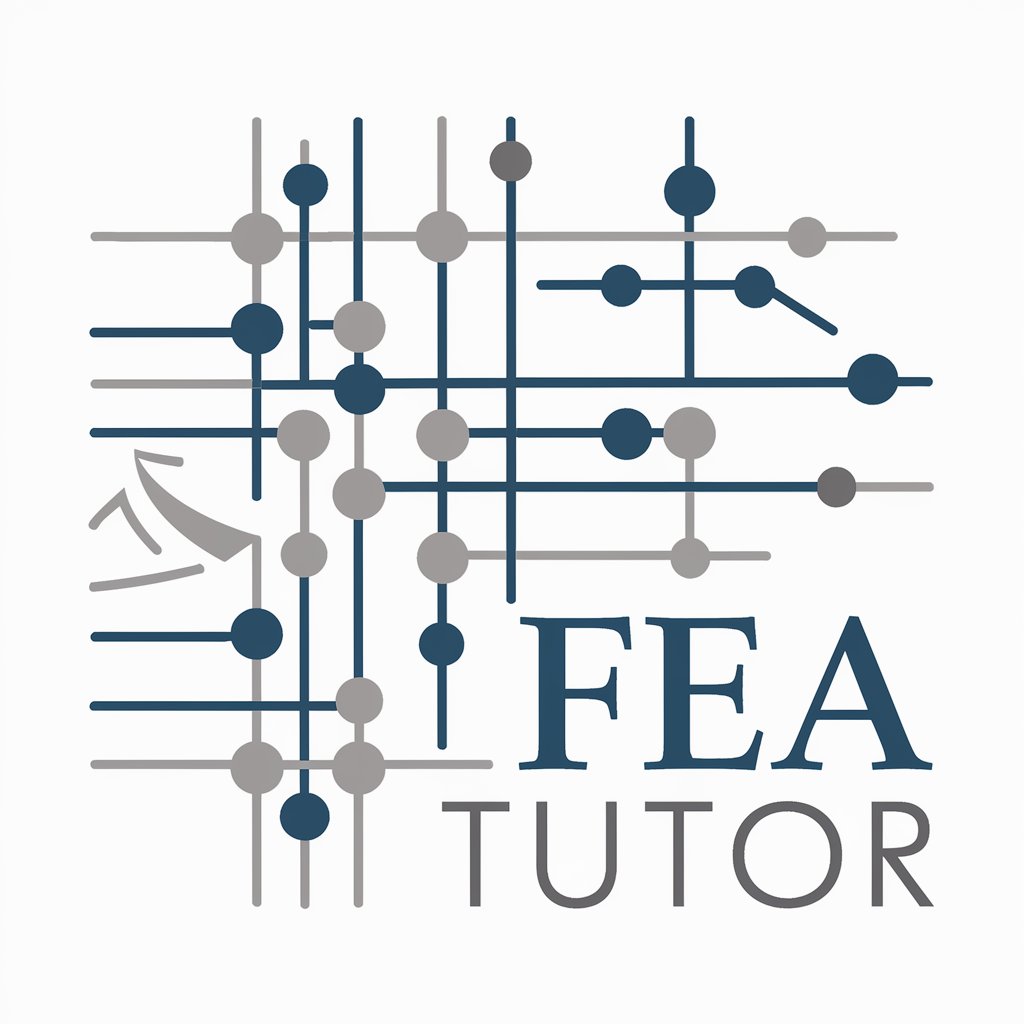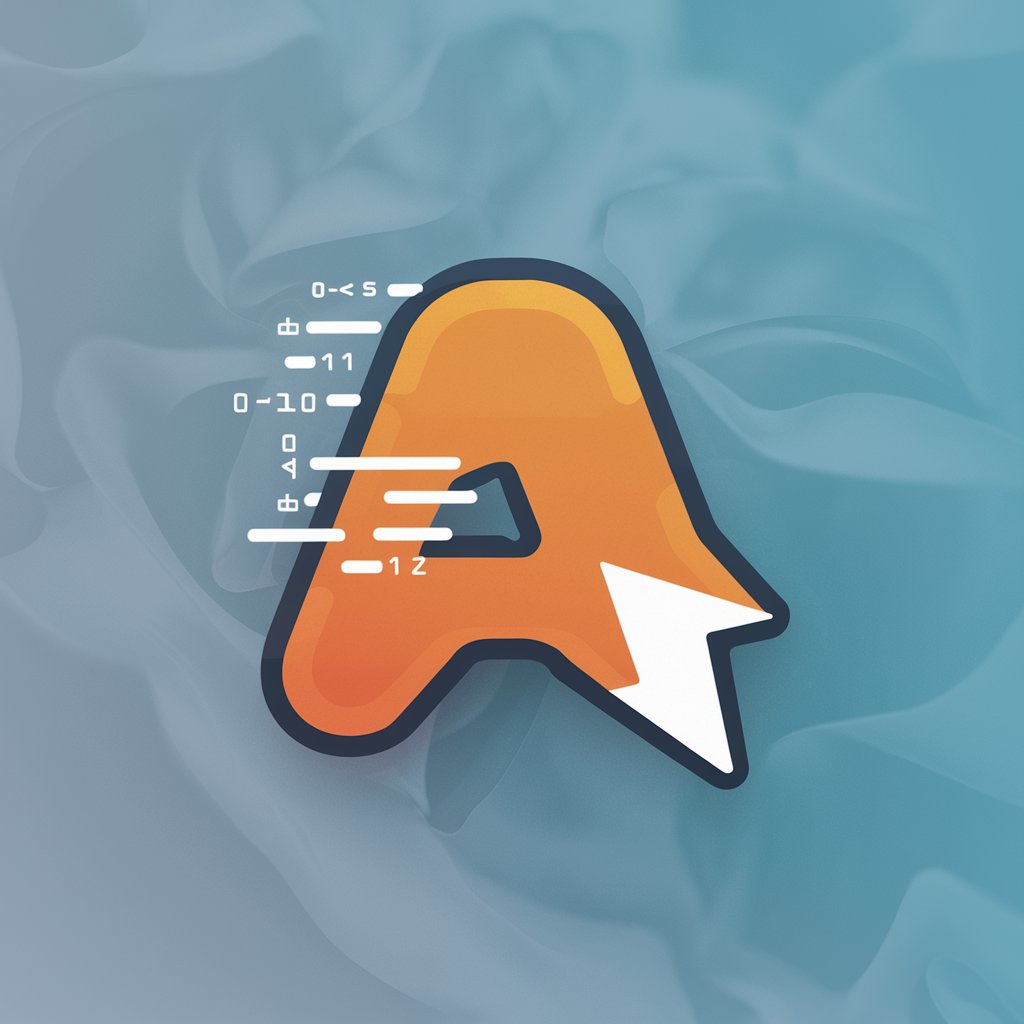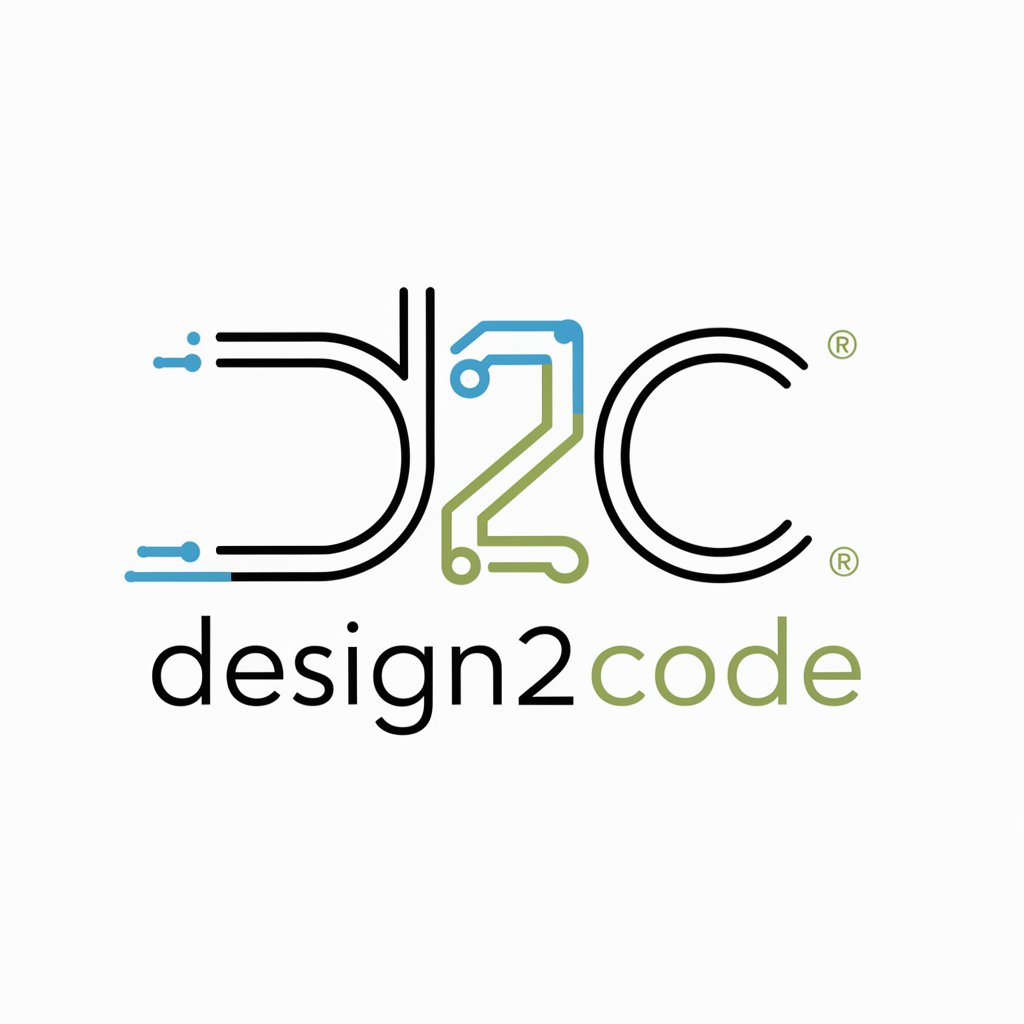FEA Tutor - Finite Element Analysis Tutor

Welcome to FEA Tutor, your guide to mastering finite element analysis.
Empowering analysis with AI-driven insights
Explain the process of setting up a finite element model for a non-prismatic bar under tension.
How do you calculate areas for elements with linearly varying diameters in finite element analysis?
What are the steps to apply forces and material properties to compute stresses in a non-prismatic bar?
Describe how to formulate the equation of motion for a system and define boundary conditions.
Get Embed Code
Overview of FEA Tutor
FEA Tutor is designed as a specialized tool to assist with the application and understanding of finite element analysis (FEA) in engineering and physics education. It is particularly tailored for students, educators, and professionals who require in-depth guidance in setting up, solving, and interpreting finite element models. For example, FEA Tutor can guide a user through the process of modeling a non-prismatic bar under tension, explaining how to set up the model, calculate variable cross-sectional areas, apply forces, and interpret the resulting stress distributions. Powered by ChatGPT-4o。

Core Functions of FEA Tutor
Setting up Finite Element Models
Example
Guiding the creation of a model for a bridge structure, where aspects such as mesh generation, material property assignment, and load applications are covered.
Scenario
An engineering student is tasked with a project to analyze the structural integrity of a bridge under various loading conditions using FEA software.
Calculation of Element Properties
Example
Assisting in the calculation of properties for elements with complex geometries, such as tapered beams or varying thickness plates.
Scenario
A professional engineer designs a component with a non-uniform cross-section and uses FEA Tutor to ensure accurate property calculations for stress analysis.
Derivation of Characteristic Equations
Example
Helping users derive and solve characteristic equations for dynamic analysis to find natural frequencies of a system.
Scenario
A university lecturer uses FEA Tutor to demonstrate to students how to find the natural frequencies of a mechanical system, which is crucial for avoiding resonance in engineering design.
Target User Groups for FEA Tutor
Engineering Students
Students in mechanical, civil, or aerospace engineering who need to apply FEA in their coursework or capstone projects would find FEA Tutor invaluable for learning and applying fundamental and advanced FEA concepts effectively.
Educators and Professors
Academic professionals who teach subjects involving finite element analysis can use FEA Tutor as a teaching aid to provide clear, step-by-step examples and enhanced explanations during lectures or lab sessions.
Professional Engineers
Engineers in the field who need to update their skills in FEA or troubleshoot complex problems in their work can benefit from FEA Tutor's detailed guidance on model setup, analysis, and results interpretation.

How to Use FEA Tutor
Step 1
Visit yeschat.ai to access FEA Tutor for a free trial, with no need for login or a ChatGPT Plus subscription.
Step 2
Select the specific module (like tension analysis, vibration problems, etc.) that aligns with your current learning or problem-solving needs.
Step 3
Input the parameters for your FEA model, such as geometry, material properties, and boundary conditions using the guided input fields.
Step 4
Run simulations to analyze the model. Monitor the processing window for real-time updates and results.
Step 5
Review the output data, which includes stress distributions, displacement fields, and other critical analyses, to gain insights and solve your specific problems.
Try other advanced and practical GPTs
ClarityMail
AI-powered clarity for your emails

TechMaster
AI-Powered Tech Solutions at Your Fingertips

Словесный алхимик
Crafting high-quality texts with AI

Маркетолог от бога
Your AI-powered marketing partner.

Ada
Power Your Code with AI

Cyphex
Empower your workflow with AI!

Design2Code
Transform Designs into Code Instantly

KnowMonetizeGPT
Empowering Digital Entrepreneurs

ChakraUI Genie
AI-powered Chakra UI code optimization

Your Holistic Nutrition and GI Wellness Guide
AI-powered guide for holistic health.

Image wizard
Craft Perfect Images with AI

Sophia Sage v0.30.5
AI-powered, versatile assistance at your command

Detailed Q&A about FEA Tutor
Can FEA Tutor simulate dynamic loading scenarios?
Yes, FEA Tutor can simulate dynamic loading scenarios including time-varying loads and impact studies. Users can define the time dependence of loads and analyze the response of materials under such conditions.
Is it possible to model composite materials in FEA Tutor?
FEA Tutor supports the modeling of composite materials. It allows users to define anisotropic material properties and orientations, essential for accurately predicting the behavior of composites under various loading conditions.
How does FEA Tutor handle boundary conditions for complex geometries?
FEA Tutor provides an intuitive interface for defining boundary conditions on complex geometries. Users can specify fixed supports, loads, and constraints directly on the imported mesh or geometry within the software.
What types of analysis can be performed with FEA Tutor?
FEA Tutor is capable of performing various types of analyses, including linear static, modal, and thermal analyses, providing comprehensive tools for diverse engineering challenges.
Does FEA Tutor offer post-processing capabilities?
Yes, FEA Tutor offers extensive post-processing capabilities that enable users to visualize results like stress distributions, deformations, and mode shapes to interpret and validate their simulations effectively.
